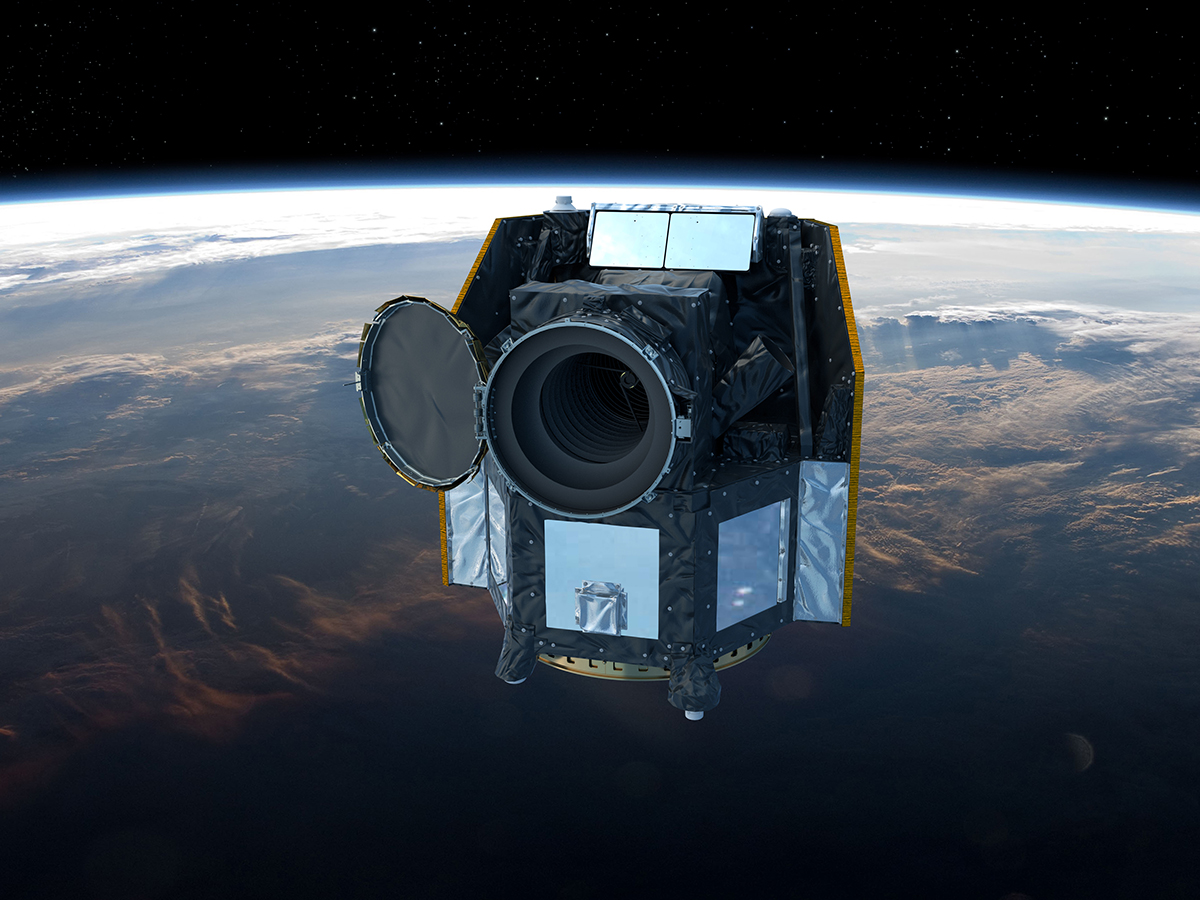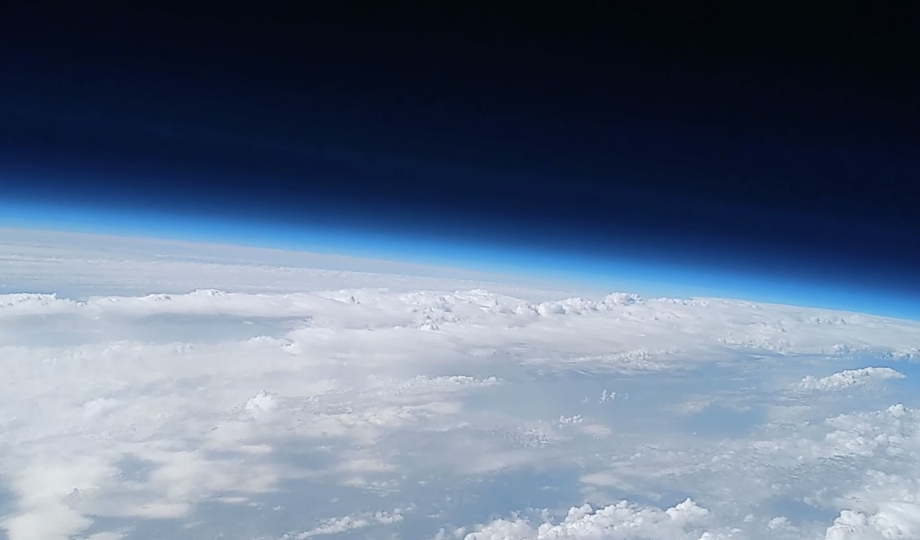The CHEOPS (CHaracterising ExOPlanets Satellite) spacecraft just opened the cover on its telescope. The spacecraft was launched on December 18th 2019 and has so far performed flawlessly. In one or two weeks we could get our first images from the instrument.
Continue reading “CHEOPS Just Opened Its Eyes to Start Studying Known Exoplanets, We Should See the First Picture in a Few Weeks”Underwater Robot Captures its First Sample 500 Meters Below the Surface of the Ocean
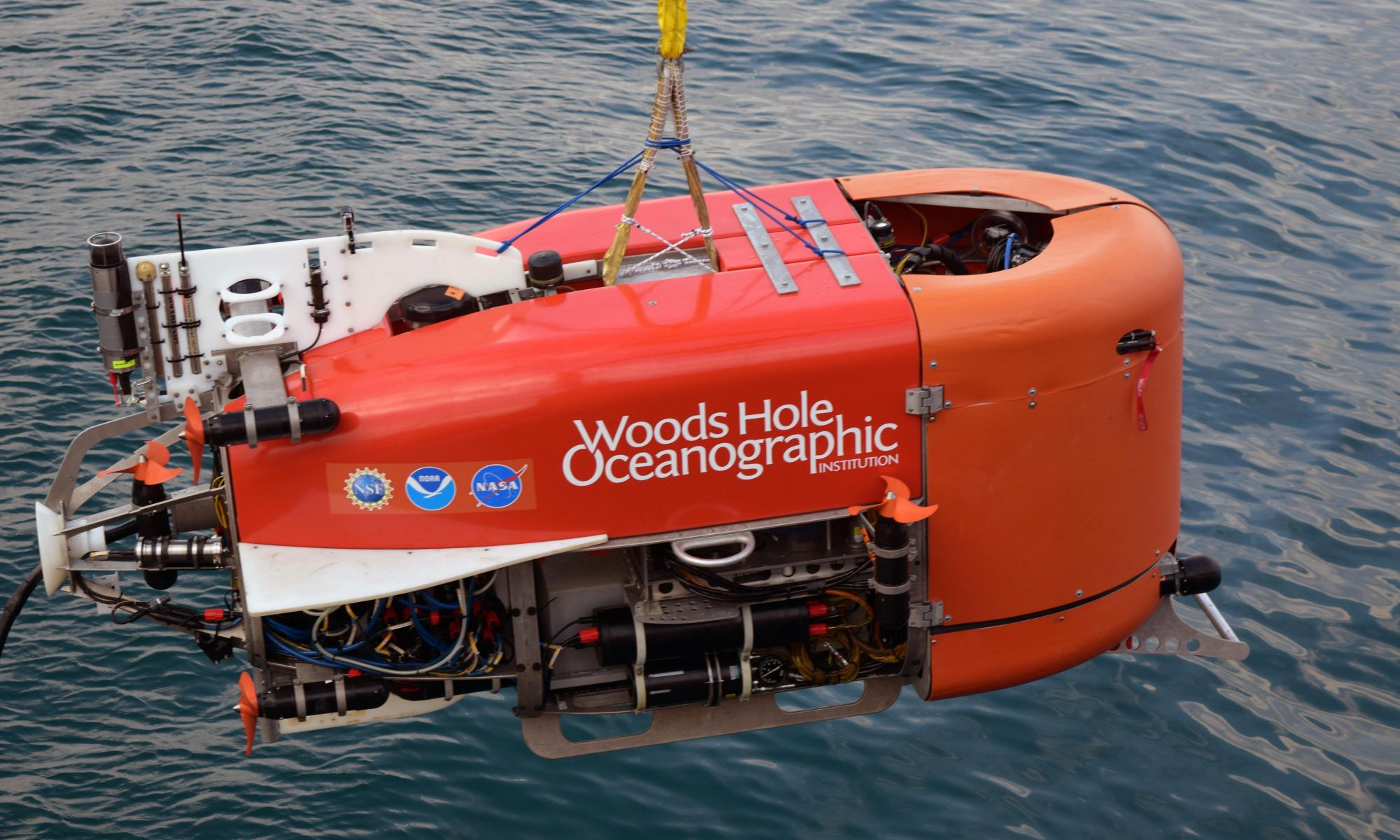
The Woods Hole Oceanographic Institution (WHOI) says their underwater robot has just completed the first-ever automated underwater sampling operation. The robot is called Nereid Under Ice (NEI) and it collected the sample in Greece. WHOI is developing Nereid in association with NASA’s Planetary Science and Technology from Analog Research (PSTAR) program.
Continue reading “Underwater Robot Captures its First Sample 500 Meters Below the Surface of the Ocean”ESA’s CHEOPS Just Launched. We’re About to Learn a LOT More About Exoplanets
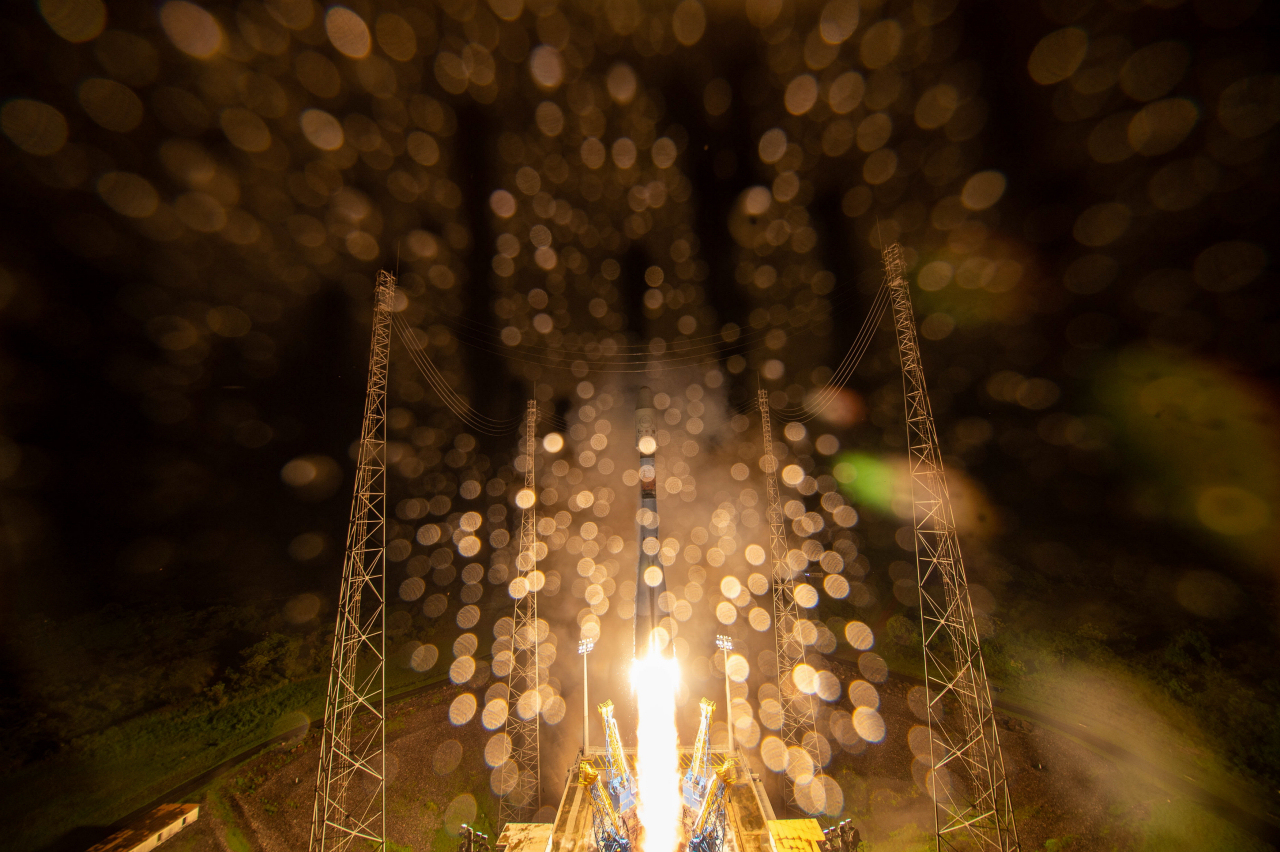
The CHEOPS mission is underway. On December 18th, the exoplanet-studying spacecraft launched from Europe’s Spaceport in Kourou, French Guiana aboard a Soyuz-Fregat rocket. Initial signals from CHEOPS show that the launch was a success.
Continue reading “ESA’s CHEOPS Just Launched. We’re About to Learn a LOT More About Exoplanets”Mars Express Takes Photos of Phobos as it Flies Past
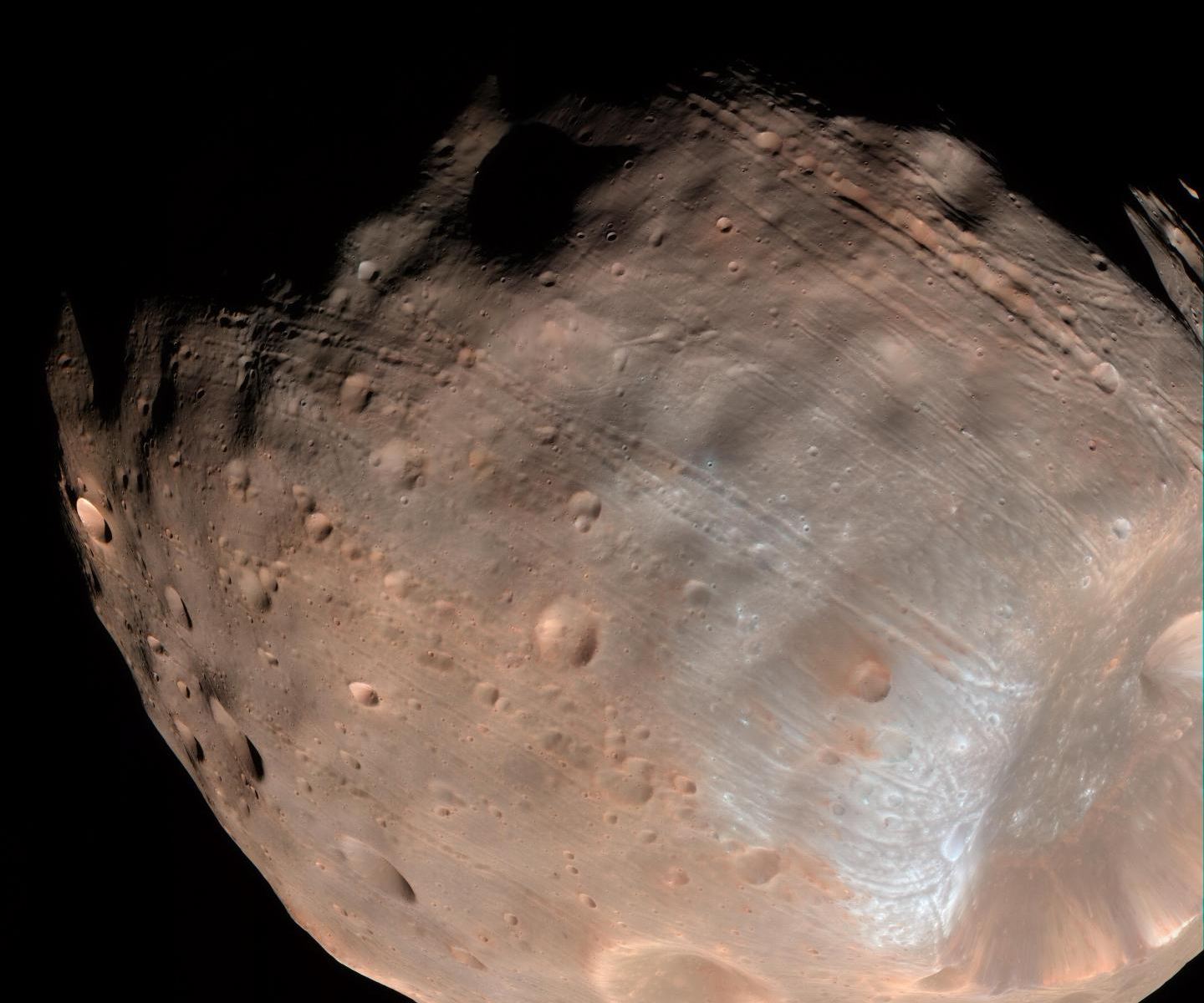
The ESA’s Mars Express Orbiter is no stranger to the Martian moon Phobos. The spacecraft was launched in June 2003 and has been in orbit around Mars for 16 years. During its long time at Mars, it’s captured detailed images of Phobos, and helped unlocked some of that Moon’s secrets.
In a new sequence of 41 images captured during a recent fly-by, the Mars Express’ High Resolution Stereo Camera imaged Phobos from different angles, capturing images of the moon’s surface features, including the Stickney crater.
Continue reading “Mars Express Takes Photos of Phobos as it Flies Past”New Telescope Instrument Will Watch the Sky with 5,000 Eyes

Dark Energy is the mysterious force driving the expansion of the Universe. We don’t know what dark energy is, even though it makes up about 68% of the Universe. And the expansion is accelerating, which only adds to the mystery.
A new instrument called the Dark Energy Spectroscopic Instrument (DESI) will study dark energy. It’s doing so with 5,000 new robotic “eyes.”
Continue reading “New Telescope Instrument Will Watch the Sky with 5,000 Eyes”Nine Astronauts from Four Different Space Agencies are on the International Space Station Right Now

The International Space Station’s usual complement of six astronauts grew by 50% recently, making things a little crowded up there. The nine astronauts come from four separate space agencies, and for the first time, an astronaut from the United Arab Emirates (UAE) is onboard the ISS.
The ISS is a multicultural place. Astronauts from around the world serve on the station to advance the scientific goals of humanity and to build cooperative ties between Earth’s different peoples. It’s kind of like Star Trek, but in space.
Continue reading “Nine Astronauts from Four Different Space Agencies are on the International Space Station Right Now”Astronauts Explore Caves on Earth, Learning the Skills They’ll Need for the Moon and Mars
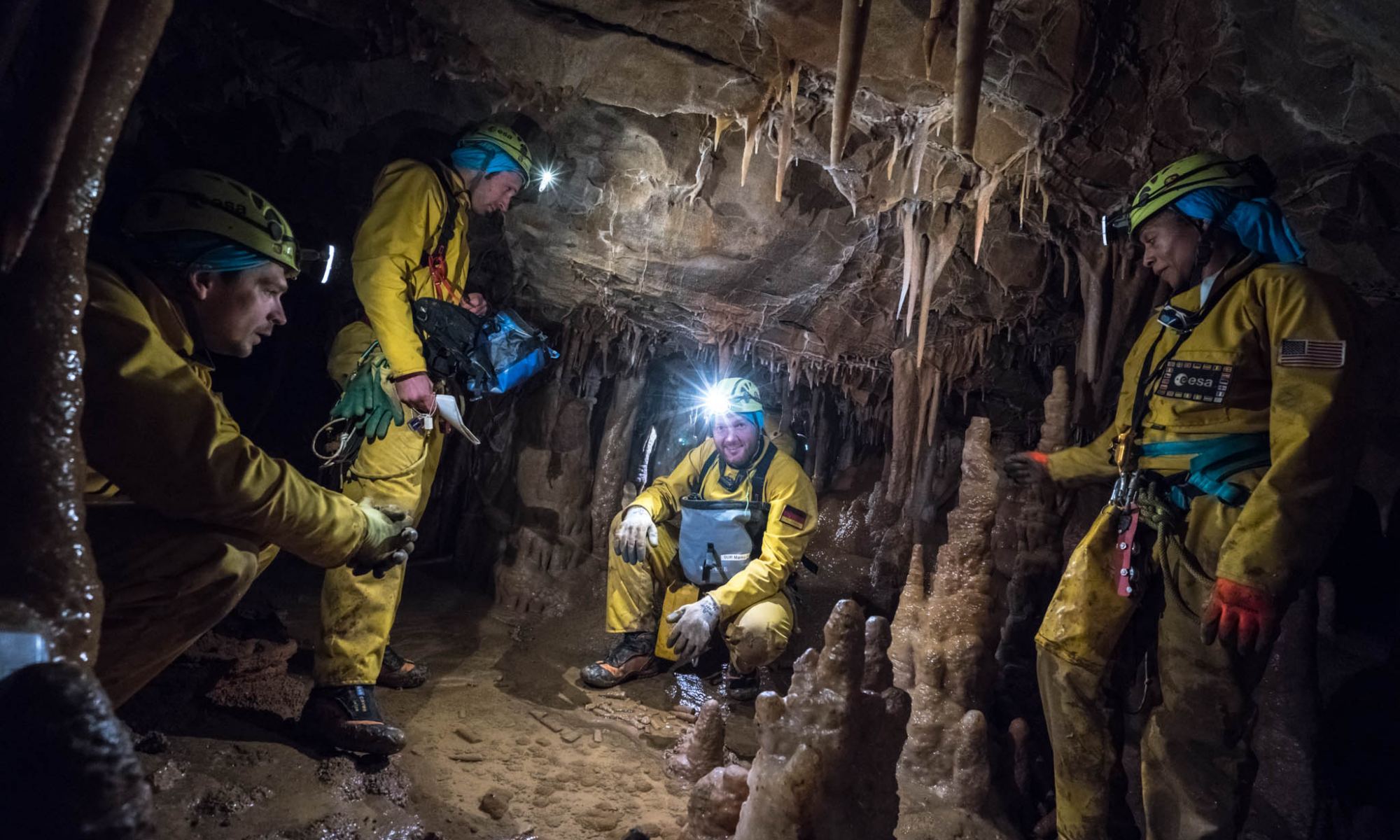
We’re accustomed to astronauts pulling off their missions without a hitch. They head up to the International Space Station for months at a time and do what they do, then come home. But upcoming missions to the surface of the Moon, and maybe Mars, present a whole new set of challenges.
One way astronauts are preparing for those challenges is by exploring the extreme environment inside caves.
Continue reading “Astronauts Explore Caves on Earth, Learning the Skills They’ll Need for the Moon and Mars”An Astrophotographer Noticed a Chunk of Ice Orbiting Comet 67P in Rosetta’s Photos
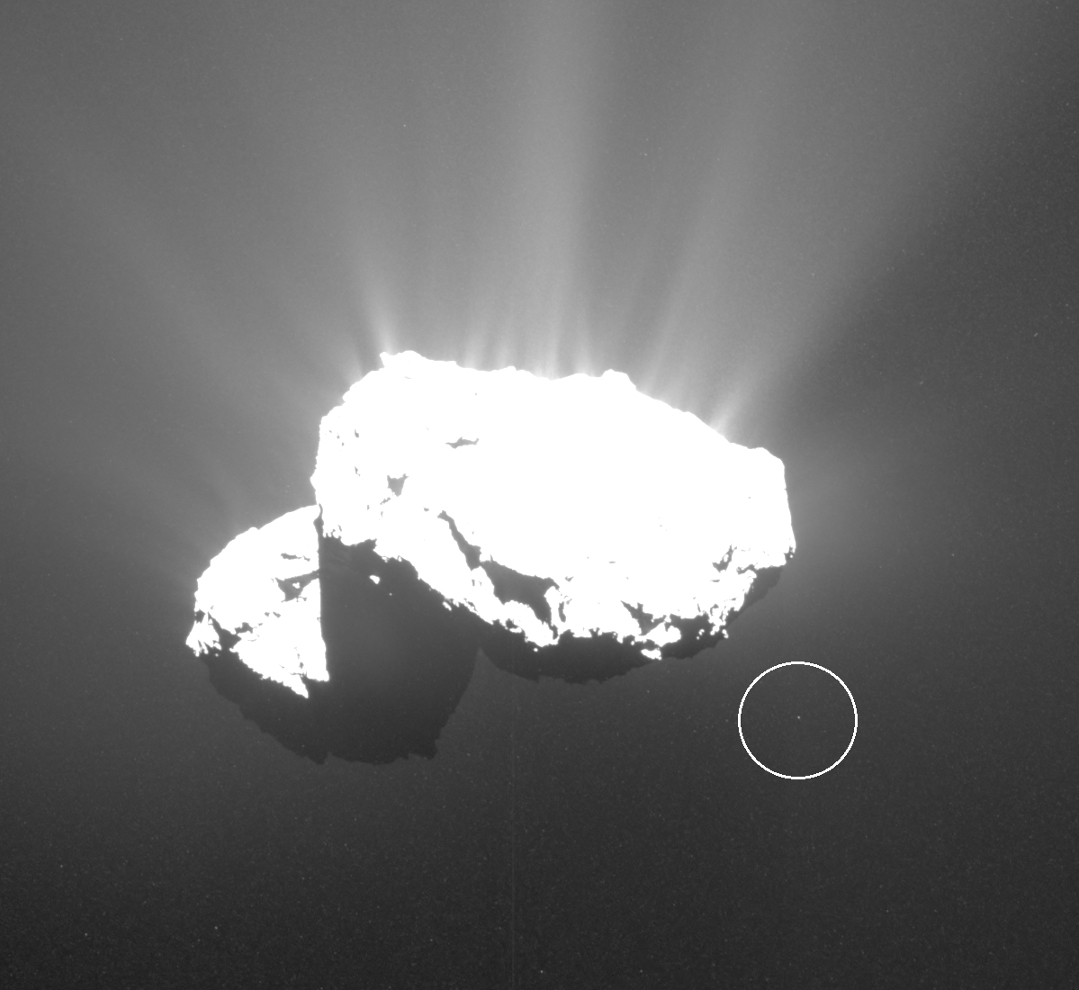
The European Space Agency’s (ESA) Rosetta mission spent two years at the comet 67P/Churyumov-Gerasimenko. At the end of September 2016, its mission was ended when the spacecraft was sent on a collision course into the comet. During its time at comet 67P, it captured a vast amount of images.
The ESA made all those images freely available at their Rosetta website, and now an astro-photographer working with those images has found something interesting: a chunk of ice travelling through space with 67P.
Continue reading “An Astrophotographer Noticed a Chunk of Ice Orbiting Comet 67P in Rosetta’s Photos”Blankets of Silica Aerogel Could Make Parts of Mars Habitable
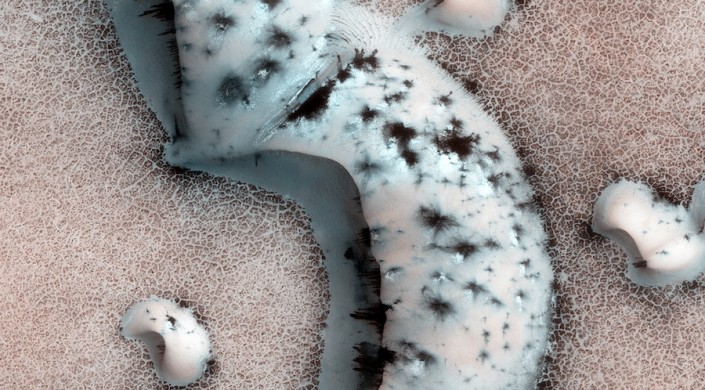
The idea of somehow terra-forming Mars to make it more habitable is a visionary, sci-fi dream. But though global terra-forming of Mars is out of reach, the idea persists. But now, a material called silica aerogel might make make the whole idea of terra-forming Mars slightly less impossible.
Continue reading “Blankets of Silica Aerogel Could Make Parts of Mars Habitable”Screaming Sounds Sent to the Edge of Space, Confirming That… “In Space, No One Can Hear You Scream”
A unique, low-cost, and crowd-scream-sourced experiment has proven what all sci-fi movie fans know is true: In space, no one can hear you scream.”
That line is the tag line from the famous 1979 movie Alien, of course. And now an innovative experiment in Britain has shown that the writer of that movie was correct. To prove it, they used off-the-shelf electronics, an inexpensive balloon, and the recorded screams from a mother in South Africa.
Continue reading “Screaming Sounds Sent to the Edge of Space, Confirming That… “In Space, No One Can Hear You Scream””
